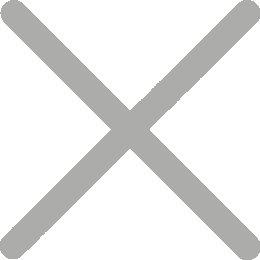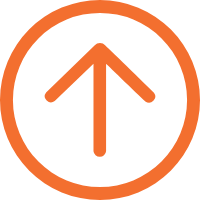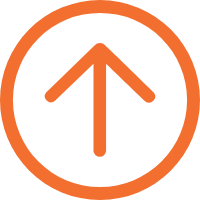Understanding Pass in Digital Textile Printing: 1, 2, or 4 Pass?
What is Pass in Digital Textile Printing
In digital textile printing, the print pass number of printing passes is a crucial indicator for measuring printing quality and efficiency. It refers to the number of times the print head covers a unit area during fabric printing.
Currently, most modern direct-to-fabric printers and dye-sublimation printers adopt a belt-driven design, where print heads move back and forth along the weft direction of the fabric, or the width direction of the paper, spraying ink onto the fabric or paper. Each complete back-and-forth scanning cycle of the print head is defined as 1 pass.

The Impact of Print Pass on Output Quality
Common digital print pass configurations include 1 pass, 2 pass, and 3 pass, with high-precision modes extending to 4 pass or even 8 pass. Generally, higher pass numbers correlate with increased ink layering, resulting in enhanced color saturation and finer detail reproduction.
For example, 4 pass printing requires four overlapping ink applications per pixel. After the initial 1 pass deposition, the print head shifts horizontally and vertically for subsequent passes. This multi-layer approach achieves exceptional precision: a 1 pass resolution of 600dpi escalates to 2400dpi in 4 pass mode, dramatically improving image depth and gradient transitions.



Strategic Selection: 1 Pass, 2 Pass, or 4 Pass?
● 1 Pass
Single-layer ink coverage per print zone
✔️ Pros: Maximizes throughput for high-speed production lines, ideal for time-sensitive bulk orders.
❌ Cons: Lighter color output. Ideal for mass-production of market-oriented products, but insufficient for brand-level color accuracy and saturation demands.
● 2 Pass
Dual-layer ink deposition
✔️ Pros: Improved color blending and detail definition.
❌ Cons: 50% slower than 1 pass.
● 4 Pass
Quadruple ink layering
✔️ Pros: Eliminates banding artifacts, delivers premium color saturation and micro-detail. Ideal for premium textile printing markets.
❌ Cons: Reduced throughput, higher ink consumption; potential over-penetration on some fabrics, affecting the printing effect.
Selecting the ideal print pass requires a strategic balance between printing speed, image resolution, and output quality. Here's a tailored guide:
● Low-pass modes (1-2 pass): Best for high-volume production of solid-color designs or simple gradients, such as promotional T-shirts, tote bags, and quick-turn sampling.
● High-pass modes (4-8 pass): Reserve for luxury textiles, performance apparel, and high-end home decoration requiring flawless color transitions and intricate patterns.
HPRT DA208S EVO: Industrial Multi-Pass Printer for High-Volume & Bespoke Textiles

HPRT's newly launched belt-drive direct-to-fabric printer DA208S EVO delivers exceptional print quality. Equipped with 64 industrial-grade Kyocera print heads and a high-precision drive system, it minimizes misalignment for superior results.

This multi-pass direct-to-fabric printer has strong flexibility, supporting 1-8 pass configurations. The DA208S EVO is suitable for various diversified production scenarios, meeting different requirements from mass production to bespoke fabric customization.

Unlock Your Printing Potential
Contact us to explore your tailored fabric printing solutions. Our technical team provides expert guidance to optimize your workflow efficiency and product quality in the competitive textile market.









